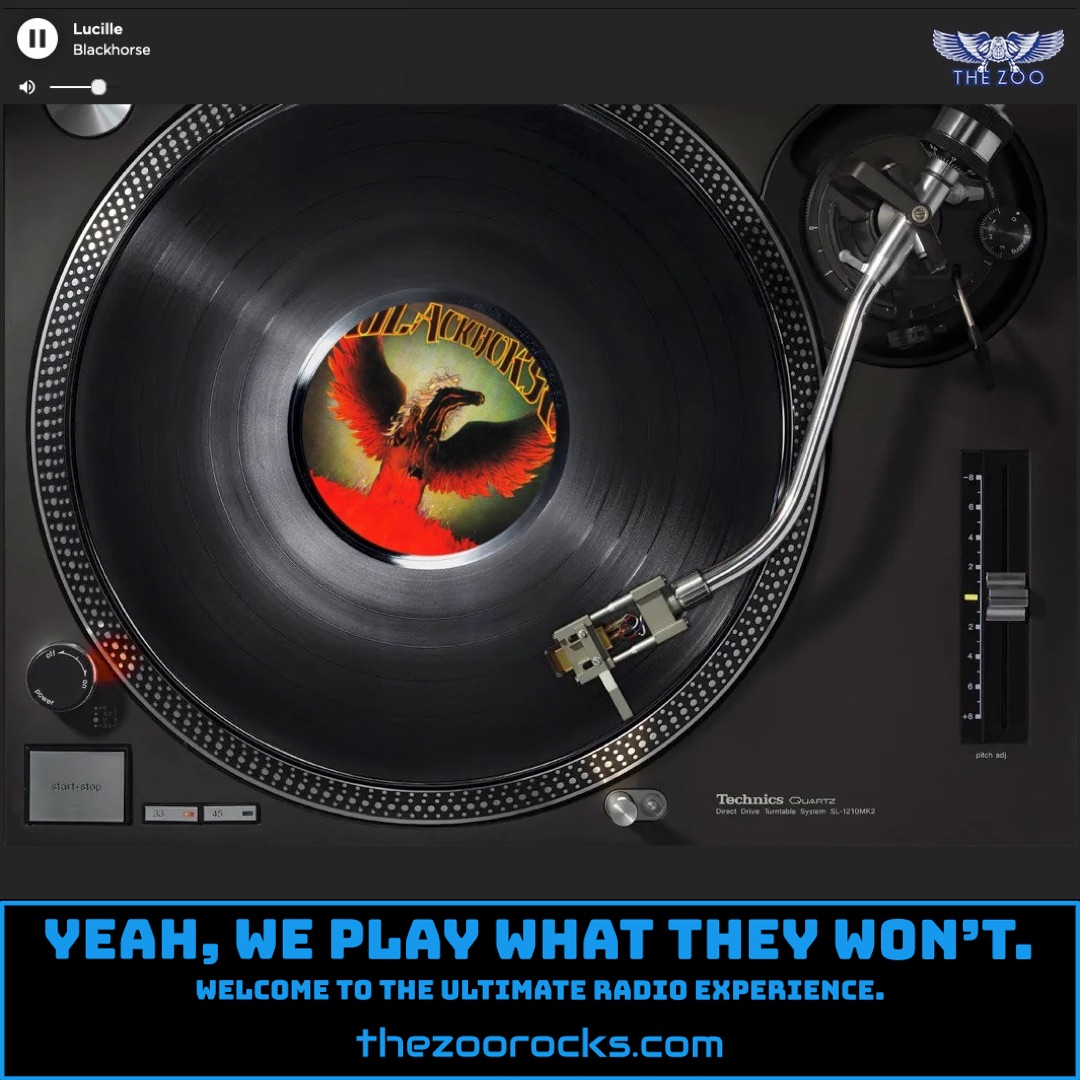Synchronicity II
The Police
Zoo Freaks, get ready to vibe with some cosmic trivia about Synchronicity II by The Police, a track that’s as intense as a double espresso shot at a midnight rave! This song, the third single from their 1983 album Synchronicity, was penned by frontman Sting and dives deep into Carl Jung’s concept of synchronicity—where unrelated events connect symbolically. Sting, inspired by Jung’s ideas, wove a tale of a frustrated man whose mounting anxiety parallels a monster rising from a Scottish loch, possibly the Loch Ness Monster. As Sting explained in a 1983 Time magazine interview, “Jung believed there was a large pattern to life, that it wasn’t just chaos. Our song Synchronicity II is about two parallel events that aren’t connected logically or causally, but symbolically.” The song’s dark, driving energy hit No. 16 on the Billboard Hot 100 and No. 17 in the UK, with its B-side, Once Upon a Daydream, co-written by Sting and guitarist Andy Summers, adding a dreamy contrast.
The music video for Synchronicity II, directed by Godley & Creme, is a chaotic masterpiece that matches the song’s dystopian vibe. Filmed on a London soundstage, it features the band performing atop towering piles of guitars, drums, and junk, with debris flying and a stormy atmosphere created by air blowers and dry ice. Each member—Sting, Andy Summers, and Stewart Copeland—stood on separate scaffolding towers, dressed in post-apocalyptic gear. Things got wild when Copeland’s tower caught fire during filming, prompting the crew to start evacuating! Andy Summers played a futuristic Gittler guitar, and the video’s Loch Ness imagery tied into the song’s monster metaphor. Fans on Reddit’s ThePolice community often debate the video’s Mad Max aesthetic, with some calling it a miss, while others love its raw, ominous feel.
Behind the scenes, recording Synchronicity II was no peace-and-love fest. The band laid down tracks at AIR Studios in Montserrat in December 1982, but tensions were high. Stewart Copeland, in a 2000 Revolver interview, described the vibe: “This whole album was recorded in an unbelievably bad atmosphere. We hated each other’s guts.” To keep the peace, they recorded in separate rooms—Copeland’s drums in the dining room, Sting in the control room, and Summers in the studio. Despite the drama, this setup, guided by co-producer Hugh Padgham, captured the song’s steely edge, which People Weekly called “aggressive” and “steely.” A cool tidbit: Summers originally envisioned a serene instrumental segue called Loch to link Synchronicity I and Synchronicity II, but it was scrapped until its release in the 2024 Super Deluxe box set, as noted on The Police’s official site.
Now, let’s rewind to how The Police came to be, a trio that started as a punky reggae-rock outfit before ruling the world. Formed in London in 1977, the band began with Sting (born Gordon Sumner), a former schoolteacher and jazz bassist, who’d been gigging in Newcastle’s jazz scene. He moved to London and linked up with drummer Stewart Copeland, an American who’d played in prog-rock band Curved Air. Copeland, itching to start something new, recruited Sting after seeing him perform. They initially jammed with guitarist Henri Padovani, but the lineup solidified when Andy Summers, a seasoned player from the British rock scene, joined later that year. Summers, older than the others, brought a textured guitar style influenced by jazz and classical music. Their early days were scrappy—bleached blond hair, punk energy, and gigs in dive bars—until their debut single, Roxanne, caught fire in 1978, blending reggae with new wave.
The Police’s rise was meteoric, fueled by relentless touring and Sting’s knack for catchy, cerebral lyrics. By 1983, Synchronicity cemented them as, according to the BBC and The Guardian, “the biggest band in the world.” Their mix of reggae, punk, and world music influences, plus Sting’s literary bent (he was a big reader of Jung and Arthur Koestler), set them apart. After Synchronicity, though, the band’s internal clashes led to a breakup, with Sting pursuing a solo career. They reunited briefly in 2007 for a world tour, proving their legacy endures. Fans still flock to PoliceWiki for deep dives and swap stories on The Police’s Facebook or Reddit groups.
Stay connected with The Police’s cosmic journey through their official website, where you can find news on reissues like the 2024 Synchronicity 40th Anniversary Edition. Follow them on Facebook, Instagram, and X for updates and throwback posts, like their October 2023 X post celebrating 40 years of Synchronicity II. For fan-driven love, check out PoliceWiki or join the Police Fan Club on Facebook. Keep spinning those records, Zoo Crew, and let the synchronicity flow!

